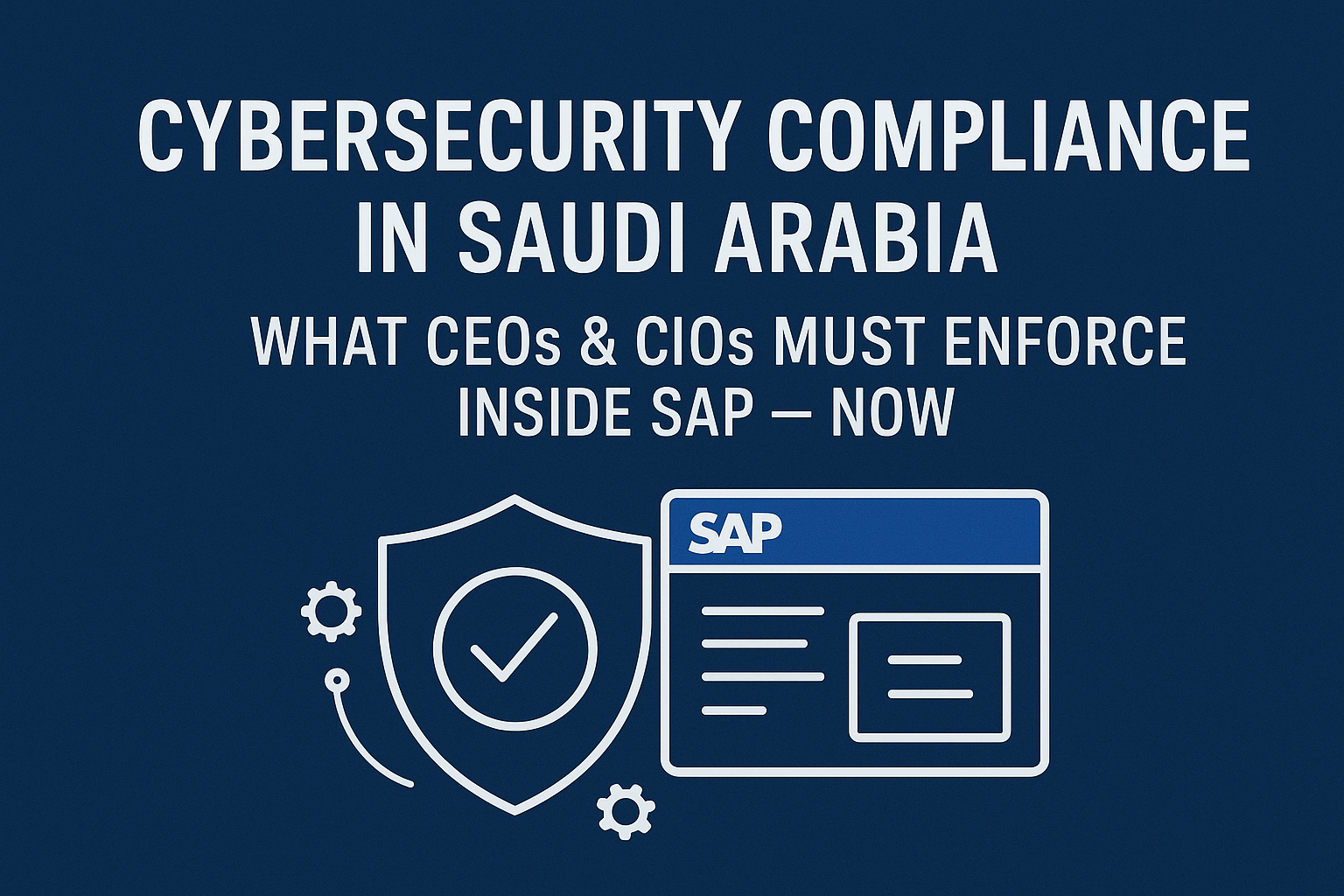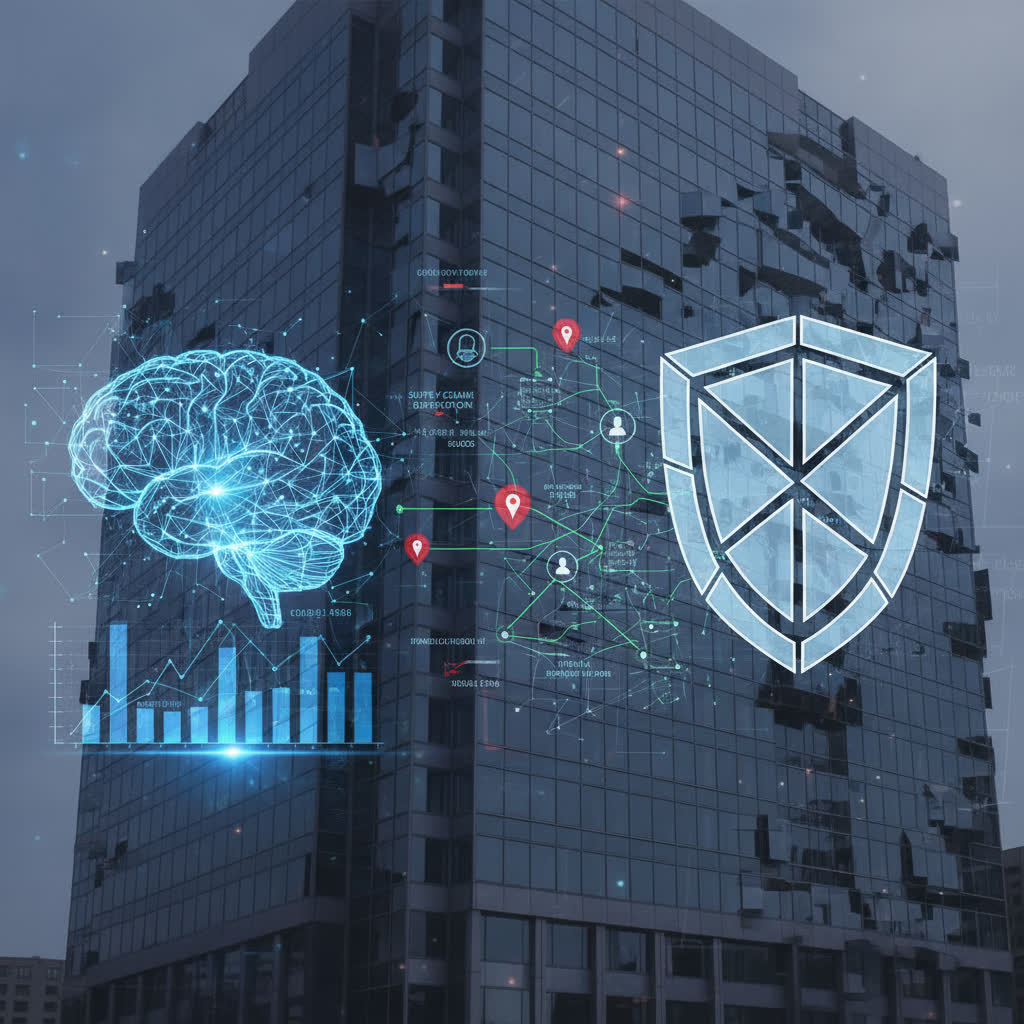Information security remains an urgent topic in modern business and personal technology environments. As technology continues advancing, cyber threats grow in complexity and sophistication. Beyond protective measures, the discipline of access monitoring takes on increasing importance. Continuous oversight ensures only authorized users interact with vital systems and sensitive data, minimizing risks from both internal and external sources. This concept, often referred to as access management, forms a central pillar of any robust security strategy, regardless of the organization’s size or sector.
Understanding Access Monitoring
Access monitoring refers to the consistent observation and management of who accesses digital resources within an organization. This ties closely to identity and access management, sometimes abbreviated as IAM. The principal aim is to track, control and audit how users gain entry to systems, applications and confidential information. It also involves scrutinizing patterns of usage to spot anomalies that inform proactive security decisions.
Continuous oversight does more than record events. Regular monitoring allows operators to respond quickly if any irregular activity occurs. Whether the source is an employee, third-party vendor or a cyber criminal, immediate detection greatly reduces time to resolution and prevents further exploitation. This concept supports efforts to maintain compliance, prevent data breaches and support a culture of accountability across all users.
Access monitoring emerges as a foundation in frameworks such as zero trust, which presumes no inherent user trust based solely on their network location or initial verification. Rather, every request receives rigorous evaluation regardless of origin. Continuous oversight ensures these checks operate properly and consistently, closing gaps that cyber attackers may target.
The Modern Threat Landscape
The digital era brings greater opportunities but also broadens avenues for exploitation. Threat actors use varied and advanced methods that traditional perimeter defenses may not counter effectively. Cyber attacks often rely on compromised accounts, social engineering and privilege escalation to compromise networks and seize confidential data. Internal threats represent a major portion of incidents, with employees—either through malice, negligence or error—possibly undermining security postures.
Administrative users, who enjoy broad rights, can introduce dangers by bypassing standard protections. Without active and continuous monitoring, their actions may remain undetected until damage occurs. On the other hand, accidental changes by less experienced users could expose organizational resources to unnecessary risk. Observing all account activity helps create a visible log of actions, which becomes instrumental in tracking potential hazards.
The threat landscape additionally grows more severe due to accelerating regulatory expectations. High-profile incidents often encourage legislators to enact tough compliance requirements. This pushes organizations toward sustained monitoring and documentation as a method to demonstrate due diligence during security audits.
Key Concepts in Continuous Oversight
Audit Trails and Forensics
Enforcing robust access controls demands clear, unbroken logs of user activity, known as audit trails. These serve as objective records documenting actions, from login attempts to data downloads and configuration changes. Comprehensive audit trails facilitate forensic analysis, helping teams reconstruct incidents and pinpoint cause and impact. Ongoing oversight enhances audit trail accuracy by immediately capturing suspicious events before critical evidence disappears. The presence of a strong log allows detailed investigation following breach detection or policy review.
Segregation of Duties (SoD)
Segregation of duties is a classic principle meaning no single user should possess the authority to complete every step in a sensitive process. This avoids both intentional and accidental misuse of power. Continuous oversight supports SoD by quickly highlighting policy violations. Automated notifications alert administrators when conflicting roles appear or an action violates established SoD rules. Correcting these overlaps at once reduces fraud and error, tightening the organization’s risk posture across business functions.
Real-time Risk Analysis
Access monitoring grows even stronger when combined with real-time risk analysis. By deploying advanced analytics on usage patterns and permissions, organizations trigger immediate responses to unexpected behaviors. For example, if software detects large data transfers during off-hours or connections from previously unseen geographies, it can lock the offending account until review. Automation enables constant vigilance, delivering effective security without introducing manual bottlenecks.
Implementation of GRC Solution
Governance, risk and compliance (GRC) solutions help centralize and standardize access monitoring efforts. Traditionally, organizations approached each component—governance, risk management and compliance—as discrete activities. Modern GRC solutions integrate these components, aligning oversight with business objectives and risk appetites in a unified system.
A GRC solution’s access monitoring modules centralize the configuration and enforcement of policies around who accesses which resources, when and why. This structure provides clear, standardized controls and allows for adaptation as the regulatory or threat environment shifts. Comprehensive dashboards deliver insights, supplying decision makers with the information needed to improve procedures over time. Robust GRC platforms embed access logs directly into audit workflows, streamlining compliance efforts during external reviews or internal scrutiny.
One major benefit is that a GRC solution enables organizations to enforce least-privilege access, meaning users receive only the permissions strictly required for their roles. This tightens control, lowers the impact of both human error and malicious activity and helps meet internal as well as regulatory standards.
Simplifying Policy Management
Managing user roles and policies grows in complexity as organizations scale. A GRC solution brings discipline and structure to this process. Centralized policy management reduces conflicting or overlapping permissions, providing a clear overview of access rights. It automates much of policy distribution, version control and policy enforcement through workflows, reducing manual burdens and human mistakes.
Policy simplification is especially valuable when enterprises operate across multiple jurisdictions or regulatory frameworks. Centralization ensures the same baseline controls, but grants flexibility to apply local adaptations where needed. All this supports the long-term viability of security programs, making it easier to onboard new staff, accommodate organizational changes and deliver regular compliance audits.
SAP Risk Analysis as a Service
Tackling the challenge of risk analysis requires ongoing vigilance. Many organizations now look beyond internal solutions, turning to managed services that provide SAP risk analysis as a service. This approach outsources key aspects of oversight to external experts, who employ advanced analytics and tools tailored for the SAP landscape. The benefit is clear—businesses receive near real-time alerts on risk exposures, while freeing internal resources for other high-value endeavors.
This service simplifies one of the most labor-intensive and expertise-dependent tasks in managing large SAP environments. Continuous risk analysis detects improper access, role misconfigurations or emerging compliance gaps faster than periodic manual reviews could achieve. Such services help support seamless audit readiness, even as personnel or business models evolve over time.
By maintaining vigilance over SAP environments, organizations stay aligned with relevant standards and avoid costly penalty fees or brand damage associated with regulatory lapses. Outsourcing risk analysis also maintains a fresh perspective, as third-party providers keep current on the latest attack vectors and compliance mandates.
Automated Response Mechanisms
SAP risk analysis services frequently feature automated risk response mechanics. If the system detects an abnormal change in user behavior, such as large batch data modifications or access from suspicious regions, it automatically flags or locks the violating account. Evaluators can then review logs and determine appropriate actions before broader risk materializes. Automatic responses do not eliminate human involvement, but they dramatically accelerate remediation efforts. These safeguards reduce the time attackers have to manipulate credentials or exfiltrate sensitive data before administrators notice.
Beyond reduction in manual overhead, automated mechanisms build resilience into security monitoring. These steps form a loop—analysis leads to alerts, which result in response, which in turn shapes further evaluation and improvement. This continuous cycle helps maintain peak effectiveness throughout both ordinary and exceptional situations.
Continuous Oversight Supporting Compliance
As digital operations expand, the regulatory environment grows more complex. Standards like GDPR, SOX and ISO 27001 demand comprehensive records demonstrating who accessed what data, when and with what justification. Continuous access monitoring, using centralized platforms and risk analysis services, provides the documentation and real-time proof necessary for compliance.
During audits, organizations must show structured evidence that only authorized users accessed protected resources. Reconstructing user histories from manual processes or incomplete logs drains resources and often results in unsatisfactory audit outcomes. Instead, automated monitoring tools maintain complete and consistent records, satisfying auditors and instilling confidence in clients and stakeholders alike.
Ongoing oversight also underpins the principle of accountability, which is a cornerstone of most compliance standards. Every system interaction—no matter how minor—should generate an entry in a long-term, tamperproof log. Maintaining access records protects organizations during regulatory investigations, litigation or brand crises. Transparency supports responsible stewardship of data and reinforces stakeholder trust.
Meeting Multi-Jurisdictional Demands
Some organizations operate in numerous territories, each with distinct compliance demands. Multi-national compliance often poses hurdles for security teams, but continuous access monitoring simplifies this task. With centralized logs and automated reporting, leadership gains visibility into all local environments. Cross-border audit teams can easily pull evidence or review policy effectiveness without depending on fragmented local IT operations. This consistency protects business continuity, especially when facing ever-evolving legal requirements in multiple jurisdictions.
Potential Challenges in Continuous Oversight
Continuous access monitoring promises significant advantages, though certain obstacles warrant acknowledgment. Deploying technology solutions must not outpace the ability of staff to interpret and act on their findings. Overwhelming auditors or security analysts with constant notifications could lead to alert fatigue, resulting in delayed or missed responses. Processes for filtering out benign incidents and prioritizing genuine threats require regular updating and improvement.
Non-technological challenges also exist. Earning widespread support for strict access controls and regular oversight hinges on clear internal communication and change management. Some employees resist perceived surveillance or question the need for rigid permission structures. Education and transparency allay these concerns, helping staff appreciate the personal and organizational benefits of strong security protocols. Engagement from management proves vital in establishing a culture where continuous oversight is the norm rather than the exception.
Continuous oversight must always respect privacy principles, avoiding unnecessarily intrusive logging or disproportionate surveillance. Striking a balance between security and privacy often mandates consultation with legal and human resources specialists. Data minimization frameworks help ensure that oversight remains proportional to the risks addressed without becoming invasive.
Future Trends in Access Monitoring
Continuous access monitoring sits at the heart of modern digital security. Innovative trends direct its evolution. Artificial intelligence and machine learning now play larger roles in identifying abnormal user behavior and triaging threats. Rather than relying solely on static rules, machine learning can establish baselines for individuals or teams, quickly surfacing deviations from established activity patterns.
Cloud and hybrid environments require more adaptive access monitoring, since users may connect from widely dispersed locations or devices. Unified access policies and responsive logging provide robust visibility no matter where infrastructure resides. Edge computing and IOT devices also bring new endpoints under the access management umbrella, demanding nuanced oversight for resources that do not fit traditional server models.
Organizations also shift toward greater automation, integrating oversight tools with ticketing systems and workflow automation platforms. This enables action without manual intervention for known threats, while preserving escalation paths for more nuanced situations. User-centric innovation, such as behavioral biometrics or dynamic policy assignment, enhances accuracy and efficiency in risk analysis and monitoring.
Adapting Oversight in Changing Environments
Digital transformation and remote work magnify the number and variety of users requiring system access. Continuous monitoring mechanisms evolve to track changes in real time for both in-house and remote workers. Adaptive authentication schemes, such as risk-based multifactor authentication, supplement traditional password-based systems. Integrating advanced tooling with diligent managerial oversight preserves the security of sensitive data in unpredictable environments.
Business demands will push monitoring solutions to prioritize scalability, granularity and usability. Rapid onboarding for new users and evolving responsibilities mean static access paradigms fall short. Agile solutions that combine automation, real-time analytics and centralized control will dominate the landscape moving forward. The emphasis remains not just on managing access but on building security as a business enabler—delivering trust, compliance and agility across every operation.
Continuous Oversight in Practice: Best Practices to Consider
Building a culture of continuous access monitoring starts with a few fundamental best practices. First, identity inventories must be complete and up to date—mapping every user within the organization, from employees and executives to third-party consultants and bots. Clearly defined policies specify who accesses each asset, limiting ambiguity and preventing privilege creep.
Next, regular reviews harness both automated solutions and manual spot checks, validating that permissions stay aligned with job roles. Coordinated access reviews quickly highlight discrepancies, such as orphaned accounts or excessive rights. Role-based access control, combined with regular reevaluation, prevents dormant accounts from accumulating and potentially providing backdoors for cyber threats.
Integration of GRC solutions and SAP risk analysis services automates many of these controls. However, organizations must also invest in staff training and the development of internal expertise. Proactive teams who understand the risks and recognize the warning signs of misuse can enhance automated detection with human insight. Embedding accountability into performance evaluations and daily workflows further strengthens monitoring efforts.
Finally, regular reporting and transparent communication with both technical and nontechnical stakeholders builds broad-based commitment to security. Easy-to-understand dashboards and reports encourage buy-in, while targeted alerts direct timely responses from responsible individuals. The shift from AD hoc or periodic reviews to a culture of continuous oversight creates resilience amid today’s challenging cyber landscape.





